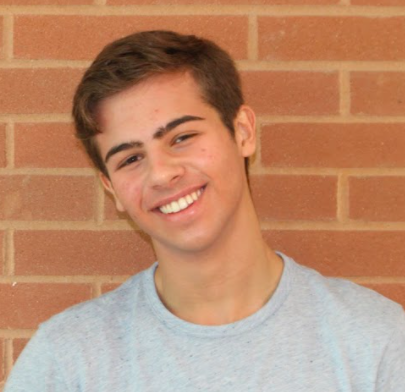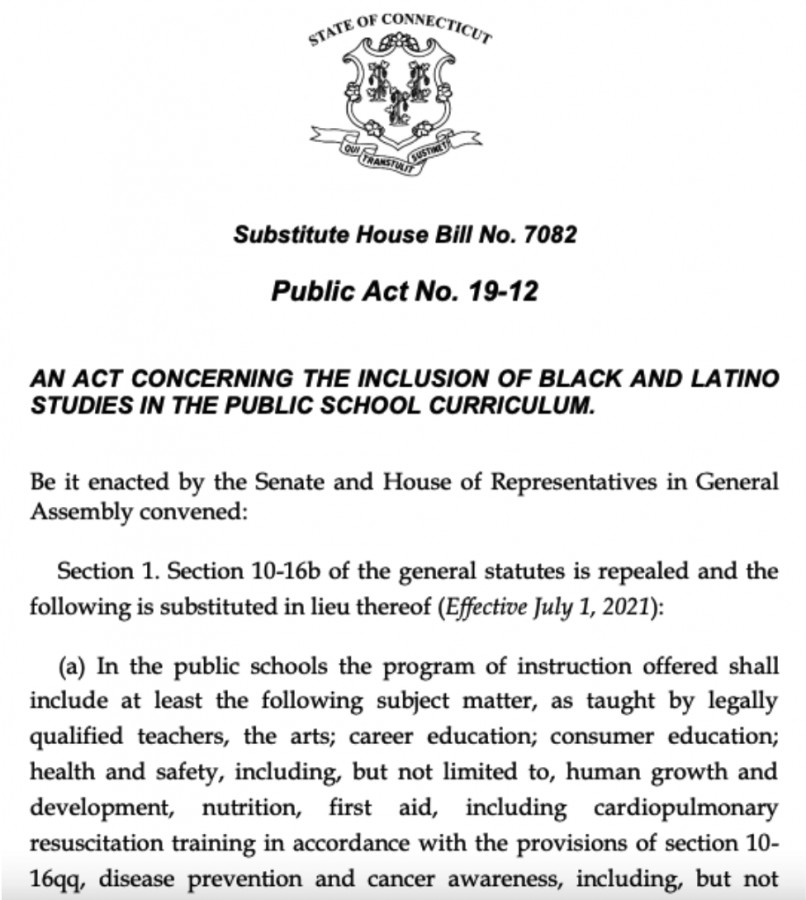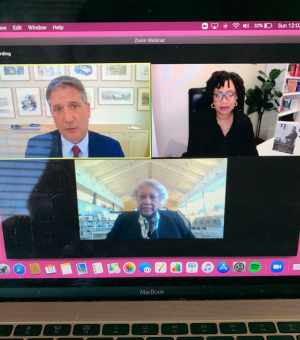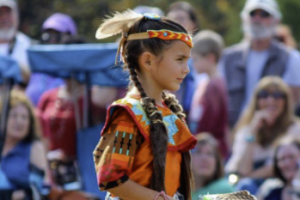New Black, Latino history bill lacks needed representation for Native Americans
Despite its advances in diversity and representation, Public Act No, 19-12, or An Act Concerning The Inclusion Of Black And Latino Studies In The Public School Curriculum, does not provide proper treatment to Connecticut’s Native American community.
On Dec. 29, 1890, an estimated 150 Native Americans were killed in the Wounded Knee Massacre. After that, Native American history stops; no more “notable” events happened afterward. At least, that’s the story you get from U.S. History classes. Even then, I’ve only met one person whose class even got that far, with most classes stopping around the 1830s with the Trail of Tears, as if nearly 200 years of important history had been erased from our history curriculum.
On June 21, 2020, An Act Concerning The Inclusion Of Black And Latino Studies In The Public School Curriculum was passed into law. It was a written order to promote multiperspectivity and to give a voice to minority groups that have been systemically silenced by white-centric curriculums. The bill is a triumph for diversity and representation, but it doesn’t go far enough in ensuring that all silenced minority groups receive proper treatment in our education system. Particularly, this bill lacks coverage of Native American studies, as they are not mentioned once.
I’m not alone in this sentiment, as An Act Concerning The Inclusion Of Native American Studies In The Social Studies Curriculum has already been proposed in the Connecticut Senate by Democratic Senator Cathy Osten four days ago. According to The Norwich Bulletin, the five state-recognized tribes, Mashantucket Pequot Tribal Nation, Mohegan Tribal Nation, Eastern Pequot Tribal Nation, Golden Hill Paugussett Indian Nation and the Schaghticoke Tribal Nation, have all announced their support for the legislation.
This being said, there is still a good chance this bill won’t pass. A similar bill by the same name was proposed back on Feb. 27, 2020, but it was unfortunately killed in committee. I fear that this new bill will suffer the same fate as its predecessor, and if it does, I implore Staples to introduce a class to fill the vacuum. I’m not suggesting that the school creates an entirely new, full-year course, but creating either a semester class about Native American studies or adding more Native American perspective to our U.S. History classes would at least help with the severe lack of multiperspectivity.
Multiperspectivity is the notion that every event must be taught from every view to have a complete story. Especially in a homogenous town like Westport, where White people make up 86.2% of the population, incorporating perspectives of underrepresented groups is crucial. The idea of the “Westport Bubble” is a common one; that Westport is so racially and socially homogeneous that it is as if we are literally blocked off from other cultures. It is time that we pop the bubble completely and let in diverse thought from every view, so that our coverage of Native American history doesn’t end in the 1890s.

As staff writer Jake Fitzpatrick ’22 is embarking on his first year on Inklings, he hopes to write many articles voicing his opinions.
“My biggest...




















































